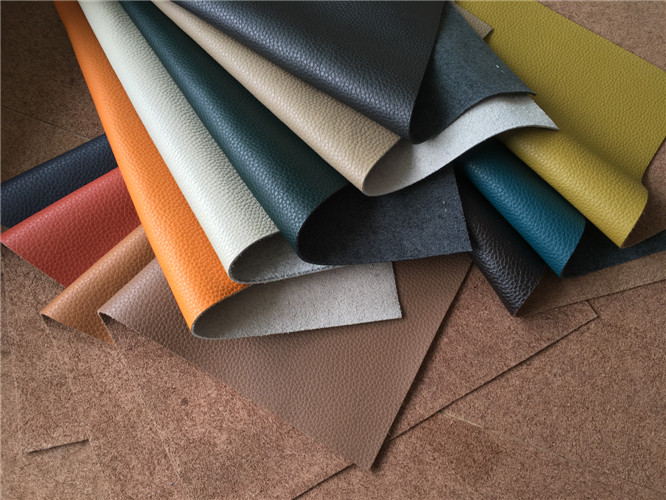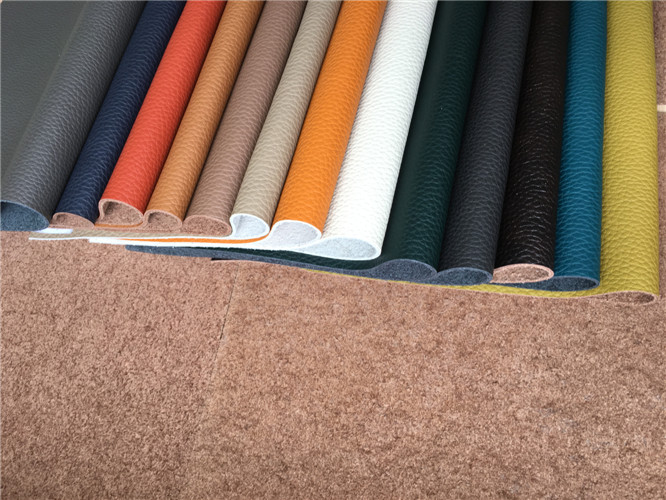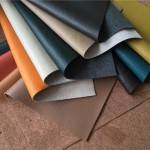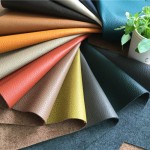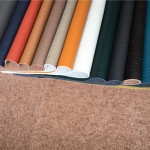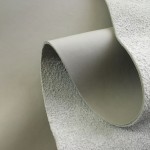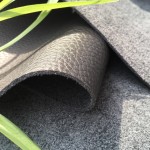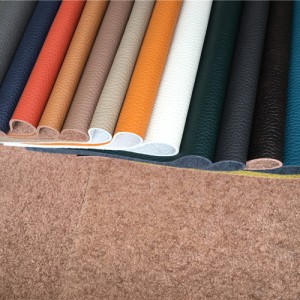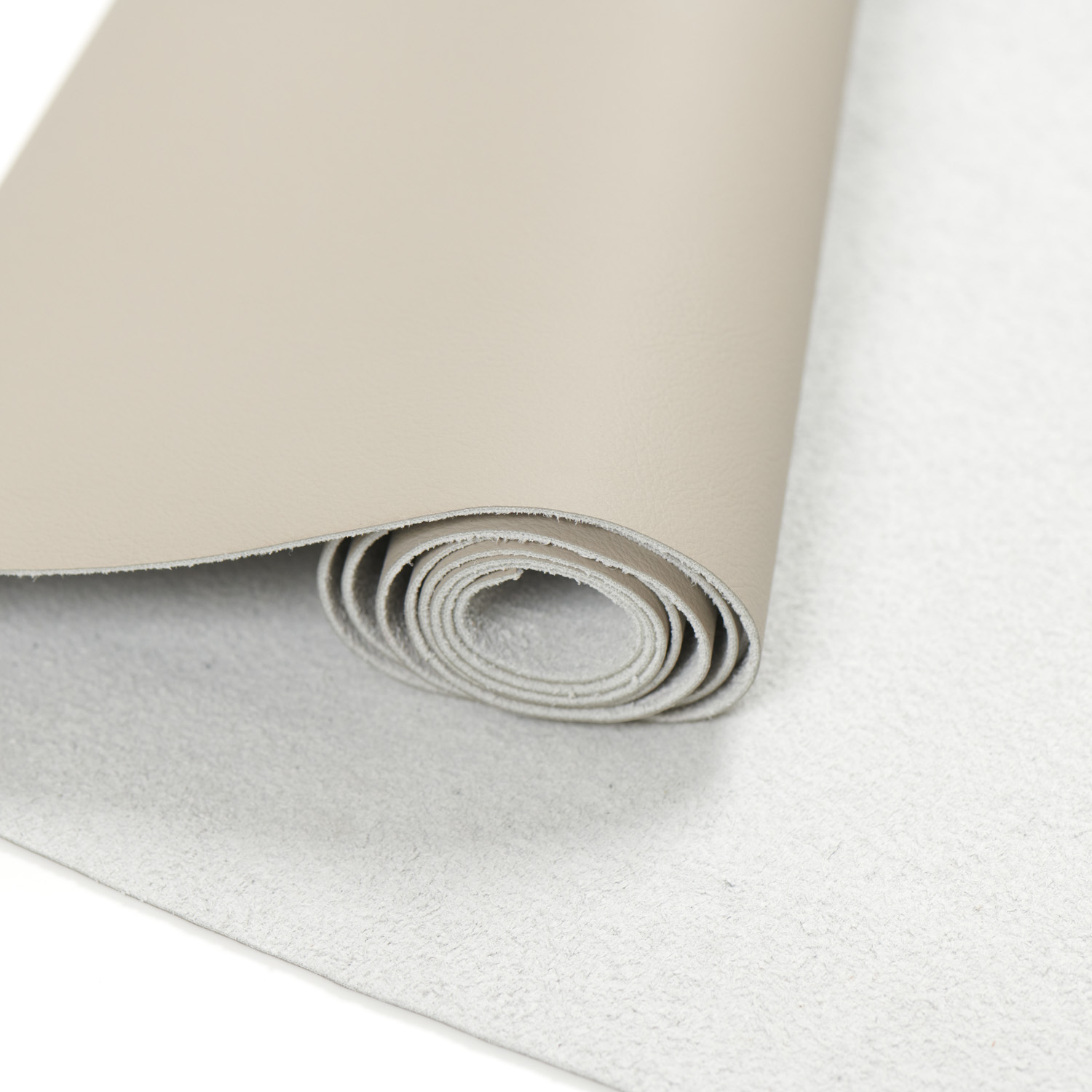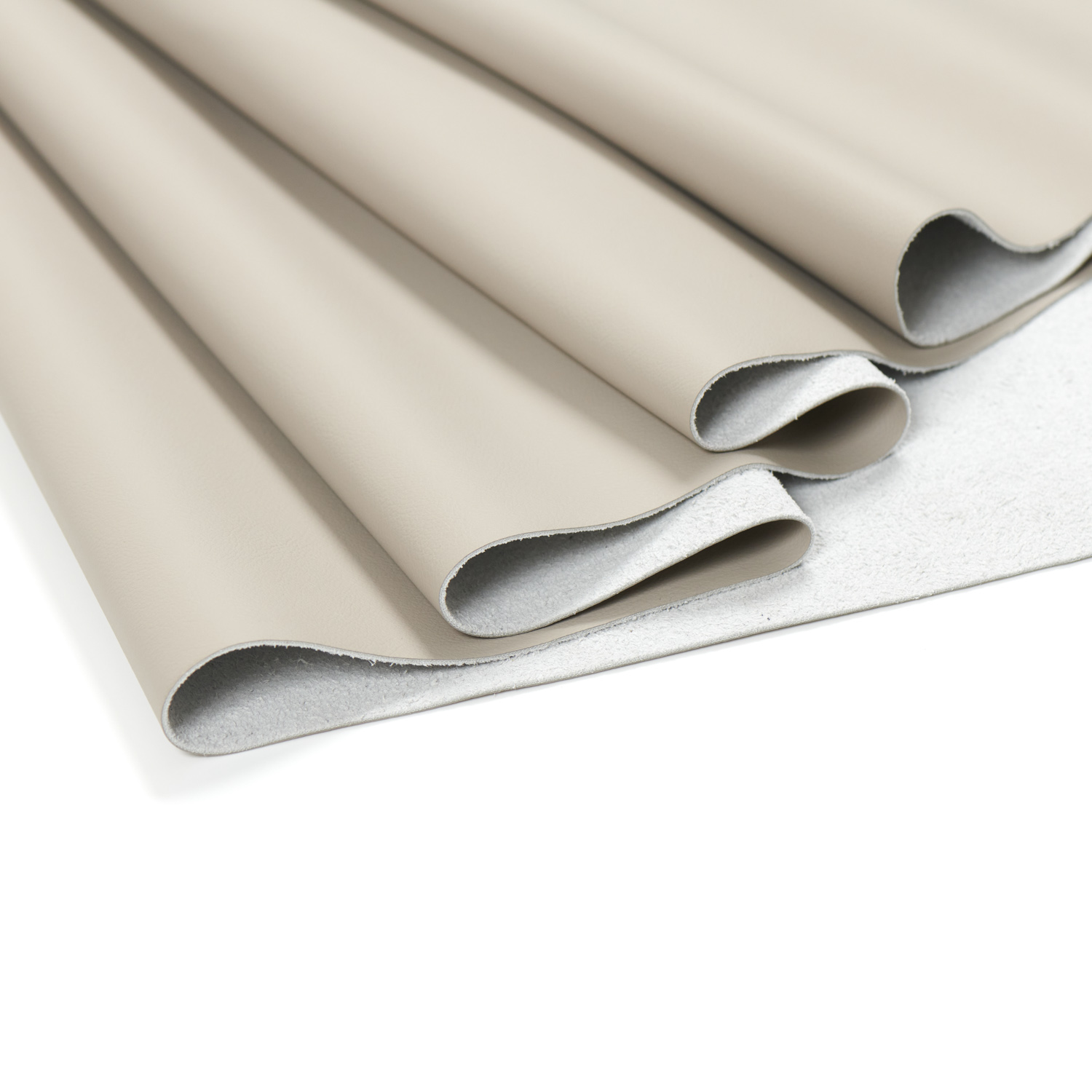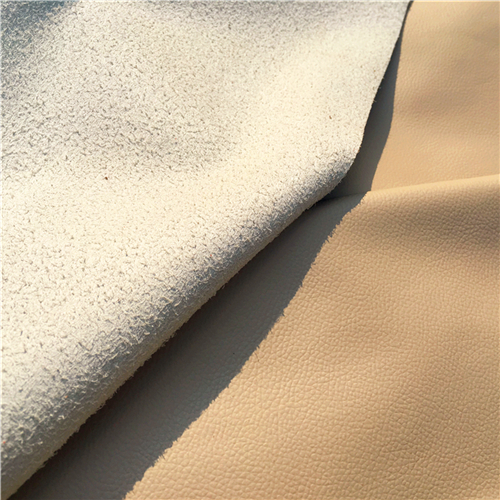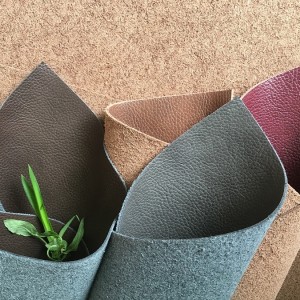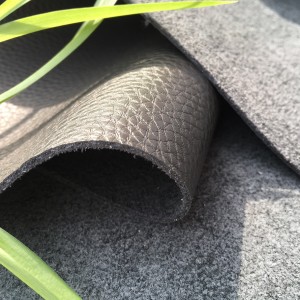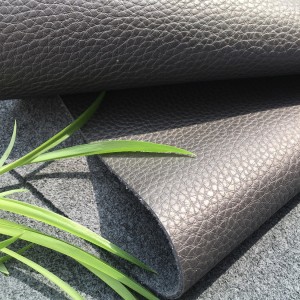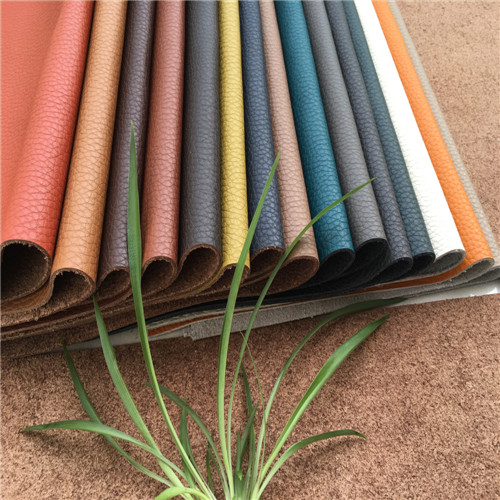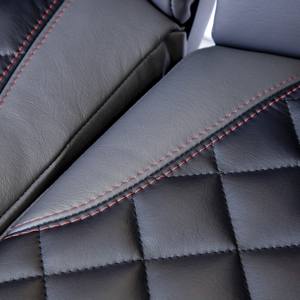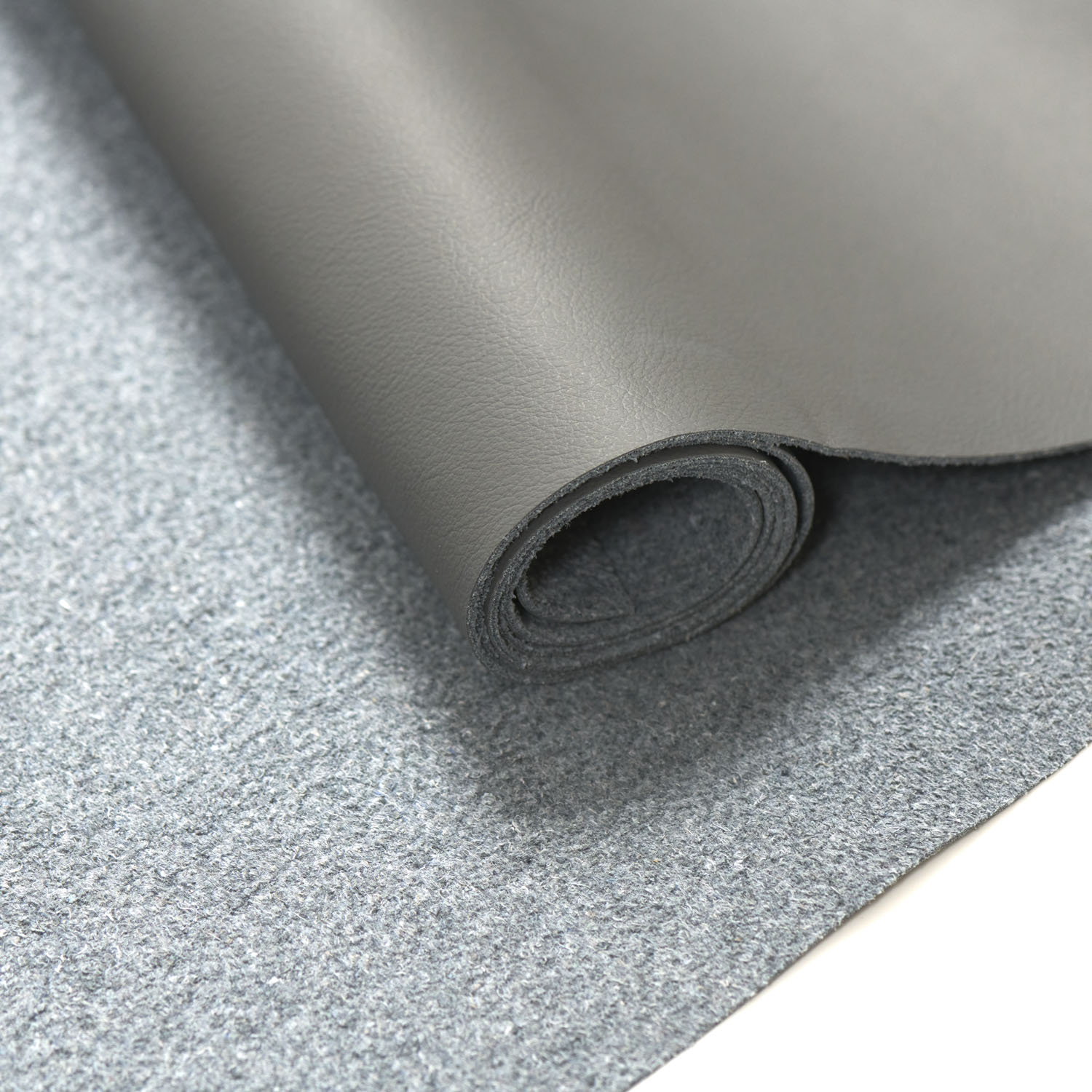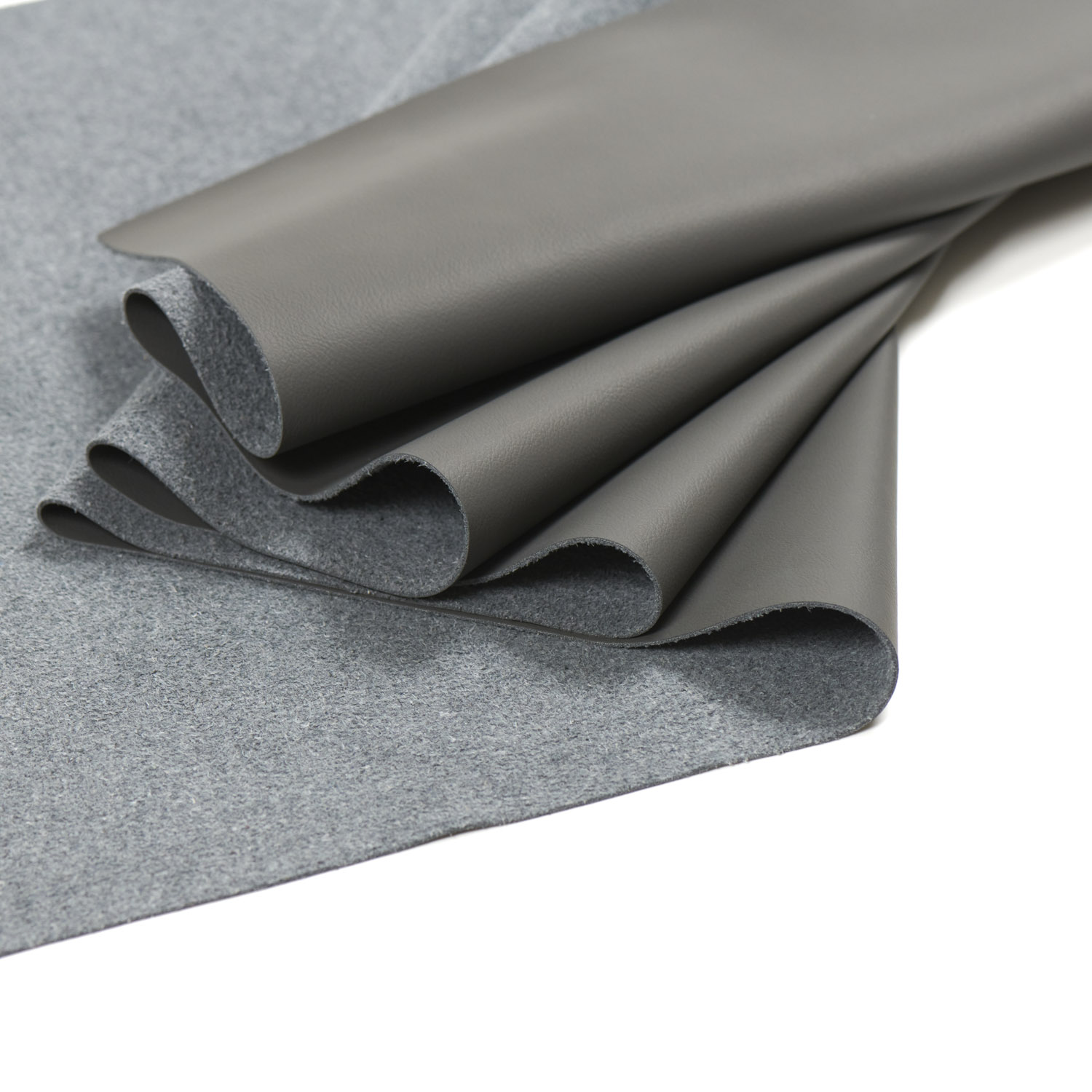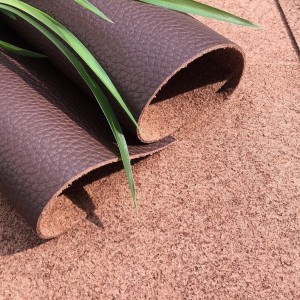Soft touch feeling steel regenerated leather for domestic upholstery
Composition Leather is a unique material produced using waste leather to create a sustainable ,high performance material that delivers the look and feel of traditional leather plus significant economic, hygienic and durability benefits.
Name: Composition Leather
Thickness:1.2-1.4mm
Width:1.37meters
Packing : in double plastic film and bags of about 25 meters length each roll.
- Description
Description
Creating discerning style and quality whilst cutting costs
Leather transforms the look and feel of furniture but upholstering in leather carries a premium. Going with convention and using leather hides wastes costly material and is prone to batch variations in colour and texture. However there is a more cost-effective and ecological sound alternative – composition leather. Made from recycled leather fibre (from trimmings that tanneries would normally send to landfill) and mixed with a high performance core, composition leather not only has the same soft feel as traditional leather it is highly resistant to wear and tear.
Highly durable: Strengthened with a high performance textile core, helping it to be tear and puncture resistant, and very flexible.
Cuts waste: Composition Leather is available to cut from a roll significantly saving on wastage compared to hides. Automated stack cutting creates faster processing with cutting yields of up to 90%*.
Environmentally friendly: Made from recycled leather fibre normally discarded by tanneries.
Uniform finish: No variations in texture or colour, unlike traditional leather hides, for a flawless look and highly accurate matching with existing furniture.
Easy care: Doesn’t stretch, mark or stain as easily as leather. Simply wipe clean with a damp cloth – creating significant savings on cleaning products and ongoing maintenance.
Extensive design options: Various grains and custom colours are available.
Fire retardant: It conforms to leading British and European standards for flammability (BS 5852–2:2006 CRIB 5 & EC Directive 95/28).
